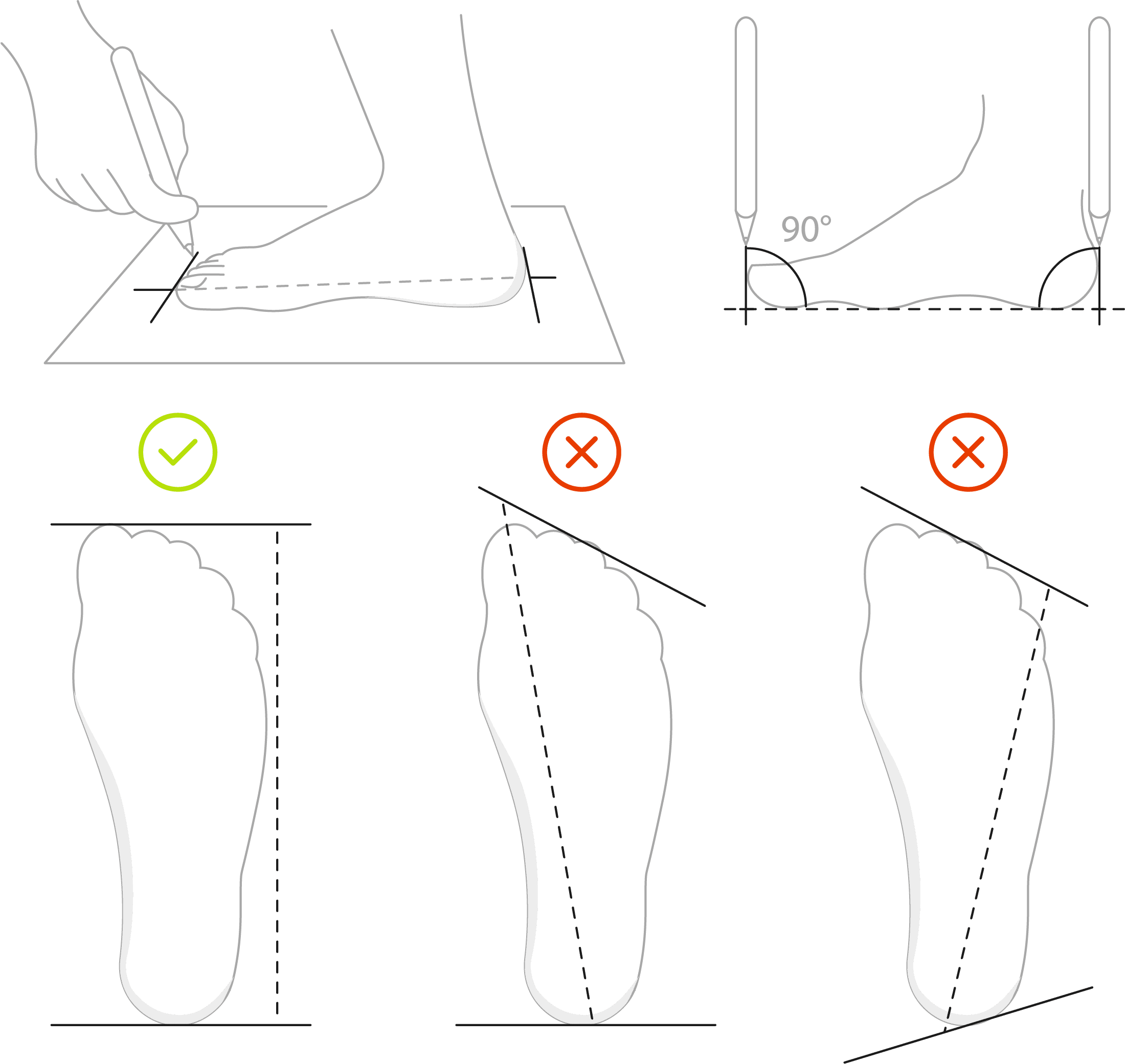Determine the size
For your convenience, the sizes on the website are presented in three main measurement systems.
- European size EU=EUR=FR is the standard European shoe size, the most common size within the CIS.
- American size (US=USA) is the most common size in the West. Typically, all sneakers are labeled with both European and American sizes.
- Foot length in cm is most often marked on shoe tags and boxes as JP=JAPAN=CM. This size is usually always present on shoe tags (not to be confused with the Chinese size CH=CHN). This column indicates the foot length in mm or cm, for example, 275mm or 27.5cm. This size is usually indicated on tags to the right of the European size.
The most accurate method for determining size is by foot length. Therefore, we strongly recommend measuring your foot length before placing your order and choosing your size based on these measurements. You can also measure the insole, but this is less accurate, as the insole can become deformed over time. Some insoles have a characteristic curve at the heel, which should not be taken into account when measuring. The insole should only be measured to the end if there is no curve at the heel. If there is such a curve, measure to the beginning of the curve. As you can see, there are many nuances in insole measurements that can cause errors. Therefore, we strongly recommend relying primarily on foot length and using the insole only as a supplementary sizing method, for example, if you are buying shoes as a gift! Below you will find detailed instructions on measuring your foot and insole.
Measuring foot length:
Place your foot standing on an A4 sheet of paper and mark your longest toe and heel with a pencil or pen. Measure the distance between these two points, parallel to the sheet of paper, NOT diagonally.
Measuring the insole length:
If the insole doesn't curve at the heel, measure straight across, between the edges at the toes and the heel. If your insole does curve, measure up to the curve!
The second most accurate method for determining size is to check the sizes indicated on the tags of your shoes.
This method is only second in accuracy, as different manufacturers may label shoe sizes differently. For example, you may have sneakers from two different brands, both pairs may be EUR 44, but the JAPAN (centimeter) section on one may be 28, and on the other 28.5. There are other situations: you may have two pairs of shoes from different brands, both with the same 27cm section, but different EUR sizes: one 43, and the other 42.5. Please note: if you rely on the sizes indicated on your shoes, they MUST be athletic shoes, sneakers, or trainers. Choosing sneakers based on your shoe or sandal size would be incorrect!
Trust our years of experience in shoe sales – different manufacturers and models can have significant discrepancies between EUR, US, and JAPAN sizes. EU 44 doesn't always equal US 10, and US 9.6 doesn't always equal 27.5 cm. To accurately determine your size, use the foot length/foot measurement. Our managers will provide you with further advice and consultation when you place your order!
Sometimes, men or children need a size smaller than 40, while women need a size larger than 41. There's nothing wrong with this! Simply choose any unisex style (one that fits both men and women) and the desired size. A style is considered unisex if the size chart offers both men's sizes (41+) and women's sizes (40 and smaller). These styles are identical in every way except size. Therefore, if necessary, men and teenagers can fit sizes smaller than 40, while women can fit sizes larger than 41. This is completely normal practice; simply choose the style and size, and don't worry, because the shoes will fit you perfectly.
So, to determine the correct size you need:
- Measure your foot length according to the instructions provided;
- Look at the sizes listed on your other sneakers (see all sizes, Euro, American and centimeters)
To ensure proper fit, you can also measure the insole length according to the instructions provided.
In any case, our manager will always help you when placing an order!
We don't offer in-store pickup, meaning fitting in our showroom or physical store is also impossible. We acknowledge this is a certain inconvenience. However, we also acknowledge that in the digital age, most of our customers can shop for items hundreds of kilometers away, relying on detailed descriptions, photos, and sizing instructions. And they can receive the item within 24 hours—which is very convenient.
Moreover, the absence of a traditional brick-and-mortar location like a store or showroom also eliminates a significant portion of the costs associated with rent, utilities, staff salaries, security, and so on. This all positively impacts pricing. In other words, the product becomes more accessible to the buyer—specifically, cheaper! This is a wonderful bonus, and believe me, all the instructions and tips above will help you determine the right shoe size with 100% accuracy, without trying it on, and at affordable prices, too!



